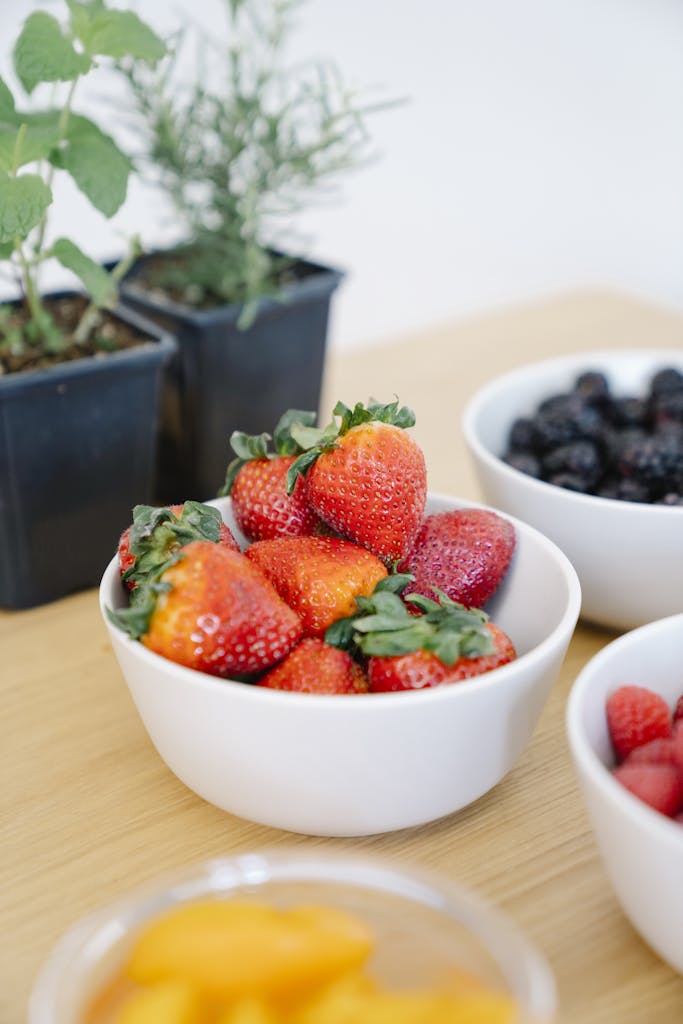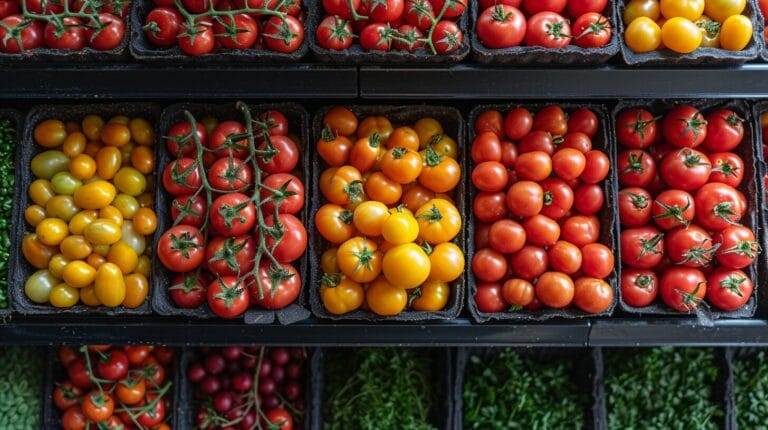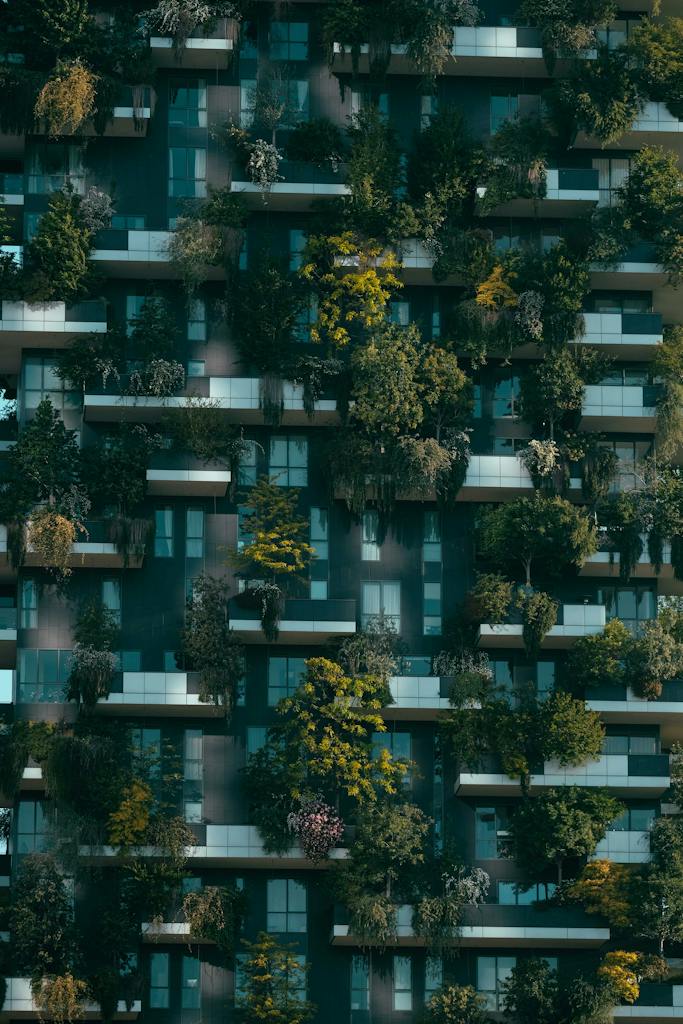Is it truly Aloe Vera?
Join us on this intriguing journey of plant identification!
Understanding the Aloe Vera Plant
Grandly represented in warm climates, the Aloe Vera plant belongs to the succulent family, demonstrating its ability to retain water in its rubber-like, thick green leaves. Don’t be intimidated by the sharp, spike-like edges on its leaves; they are completely harmless.
Aloe Vera originates from the Arabian Peninsula and is globally cultivated for its aesthetic and medicinal values. It’s an exceptional first-aid remedy, renowned for its healing properties on cuts and burns. Given proper care, this plant can thrive for many years, demanding only minimal water and a preference for light rather than direct exposure to the sun.
Similarities Between Aloe Vera and Other Plants
Various plants share several characteristics with Aloe Vera, such as their fleshy green leaves, classifying them as succulents that store water for drought periods. Many of these plants, like Aloe Vera, are native to arid areas yet adapt well to indoor conditions.
Several plants, like the Agave and Yucca, also feature defensive sharp points on their leaves, similar to Aloe Vera. Some of these plants, although not all year round, bloom flowers just like Haworthia and Maguey.
10 Plants That Look Like Aloe Vera
Several plants closely mimic the appearance of Aloe Vera, making them fitting additions to your garden.
Agave Plant
Resembling Aloe Vera closely, the Agave Plant brandishes sharp, spikey leaves while thriving in hot, arid conditions. It has a longer lifespan than Aloe Vera, growing larger and boasting fibrous roots well-suited to dry environments.
Gasteria Succulent Plant
The cool-looking Gasteria plant, native to South Africa, shares the thick leaves seen in Aloe Vera. This plant is a favorite home addition due to its visual appeal and low maintenance.
Yucca Plant
Sporting spiky leaf rosettes, the Yucca plant looks like Aloe Vera. Ideal for the hot and dry regions, they make a great indoor addition and are known to purify the air and provide mental health benefits.
Maguey Plant
Also known as the American Century Plant, this Mexican native succulent grows 6-8 feet tall with thick, green leaves, not unlike Aloe Vera. With its minimal watering needs, the Maguey plant thrives indoors and is a perfect addition to your collection.
Haworthia (Zebra Plant)
Owing to its similar-looking fleshy leaves and rosetta-like growth, Haworthia often gets mistaken for Aloe Vera but sets itself apart by its adaptability to low light conditions.
Young Pineapple Plant
Don’t be surprised! Young Pineapple Plants resembling Aloe Vera are native to Florida and the Southeastern United States. These plants store water in their stems and leaves, perfect for arid environments, similar to Aloe Vera.
Sansevieria (Snake Plant)
The evergreen succulent Sansevieria, often called the Snake Plant or Mother-in-law’s Tongue, famed for its varied shapes and colors, is not only easy to care for but also known for its air-purifying properties.
Hechtia
Hechtia, a succulent resembling Aloe Vera, can survive in arid conditions and is excellent for both indoor and outdoor gardens.
Dryland Bromeliads
Colorful and drought-resistant, Dryland Bromeliads look like Aloe Vera and make great indoor plants.
Bergeranthus
Bergeranthus, a southern African native, has thick green leaves and is well-suited for indoor gardening for its minimal watering requirements.
Poisonous Plants That Look Like Aloe
While a resemblance to Aloe Vera exists among several plants, be mindful of the poisonous ones such as Aloe Ballyi, Aloe Africana, Aloe Polyphylla, Aloe Aristata, Aloe Ruspoliana, and Aloe Elata. Correct identification is crucial to avoid adverse effects from accidental ingestion or topical application.
Aloe Ballyi
Despite its decorative and medicinal significance, Aloe Ballyi contains anthraquinones, chemical compounds that have laxative effects. Hence, caution is advised during its use.
Aloe Africana
Aloe Africana, with its long gray-green leaves and crimson teeth, is commonly known for its decorative and medicinal properties.
Aloe Polyphylla
Aloe Polyphylla, Spiral Aloe, or Lesotho Aloe, with its mesmerizing rosettes of spiky leaves, is indeed harmful or fatal if consumed or improperly utilized.
Aloe Aristata
Aloe Aristata is another beautiful yet toxic succulent that shares a resemblance to Aloe Vera.
Aloe Ruspoliana
Native to Africa, Aloe Ruspoliana thrives in dry conditions indoors and outdoors. However, this Aloe Vera look-alike is poisonous, and caution should be exercised when handling it.
Aloe Elata
Aloe Elata, apt for both indoor and outdoor gardens, resembles Aloe Vera in looks but can be harmful if consumed.
Aloe Vera Plant Varieties for Skin Health
The medicinal properties and skincare benefits offered by Aloe Vera are also found in its varieties, such as Cape Aloe (Aloe Ferox) and Spider Aloe (Aloe Humilis).
After discovering the doppelgängers of Aloe Vera in your indoor garden journey, don’t miss out on the charming look-alikes of the chamomile flower!
Conclusion
Several plants look like Aloe and can make great additions to your indoor garden. While these Aloe Vera alternatives offer beauty and variety, the correct identification of Aloe Vera for its medicinal and skin care benefits is crucial.
Happy gardening!
FAQs
What plants look like aloe vera?
Several succulent plants like cactus, snake plants, yucca, and agave plants look like aloe vera in their structure and green, fleshy leaves.
Can plants that look like aloe vera grow indoors?
Several succulents like zebra or haworthia plants can be grown indoors due to their low maintenance and watering needs.
Are there any poisonous plants that look similar to aloe vera?
Some species of agave have sharp spines that can be harmful if mishandled.
What other uses do these similar-looking succulent plants offer besides being decorative?
Besides their decorative appeal, some of these “look-alike” aloe-type indoor and outdoor plants also bear medicinal benefits, and others work on air purification.
Is pineapple one of those plants resembling aloes, too?
Young pineapple plants do bear a resemblance to Aloe Vera, but they aren’t exactly alike!
How can we tell the difference between two types of succulents that may look alike, such as an Aloe genus or Maguey Plant?
The biggest clue is often in leaf structure: the defended edges with the spike count and shape difference can help identify the specific type. Some leaves lay flat or curved upwards, unlike the straight spear-like structure of Aloe.







